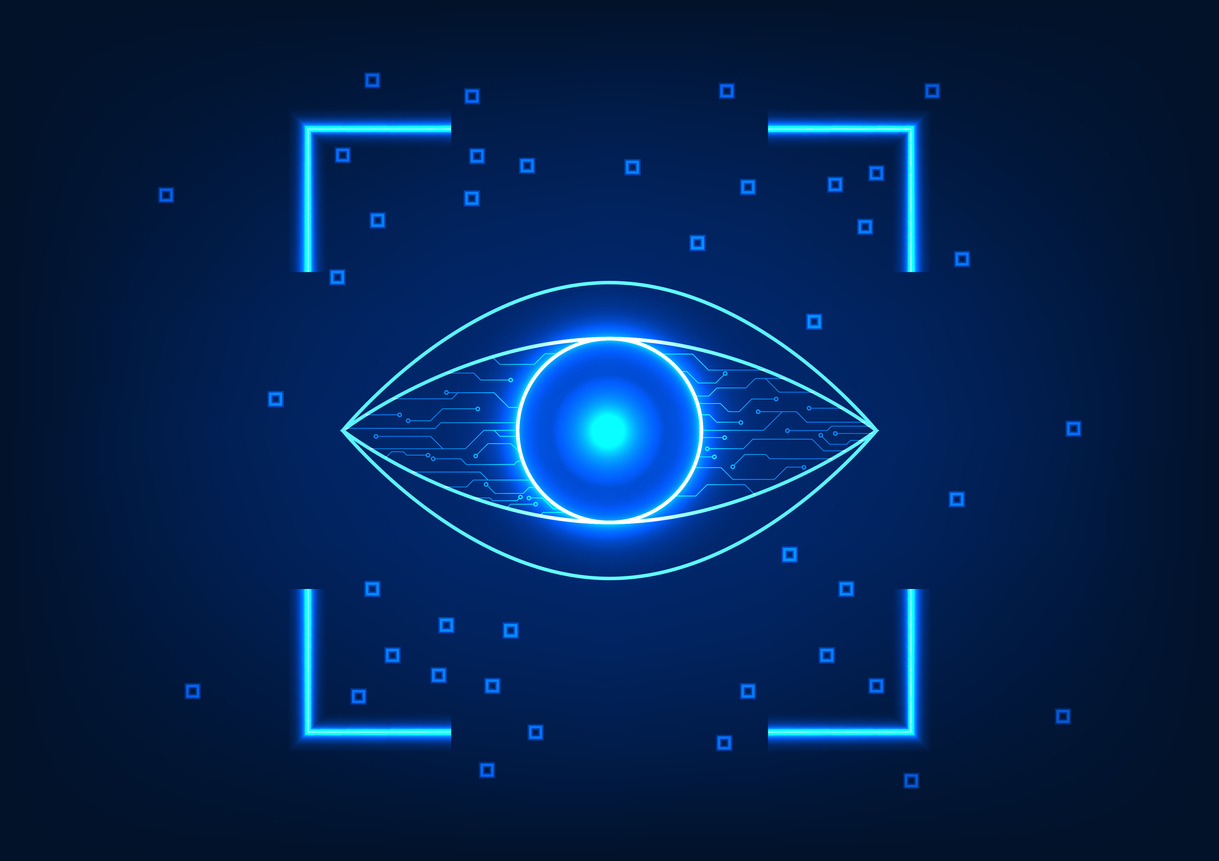
The purpose of a visual field test, often called a perimetry exam, is to detect changes in peripheral vision. The visual field exam is a crucial part of glaucoma diagnosis and is repeated periodically to determine if the disease is stable or getting worse. Peripheral vision test, Humphrey visual field exam, and the Goldmann visual field exam are among the other names that you may hear regarding visual field testing.
What is the Purpose of the Visual Field Test?
Glaucoma is a disease that initially affects your peripheral (side) vision. Often, it is difficult to recognize that peripheral vision is changing during normal daily activities because the deficits can be subtle and one eye can compensate for the other.
One of the key tests that your eye doctor will perform as part of the diagnosis for glaucoma is the visual field test, which is repeated periodically to determine if the disease is stable or getting worse. There are several different types of visual field machines.
As the disease progresses, more and more of the peripheral vision is lost until eventually, in very late and advanced disease, the central vision is also affected. Sometimes there are patients with glaucoma who have their central vision affected early in the course of the disease, which is another reason that formal visual field testing is so important.
Over time, visual field testing is performed many times, and while this may seem repetitive and unnecessary, recurrent visual field tests are a critical part of establishing baseline visual fields and monitoring glaucoma over time. The test does have some variability, so repeating the test not only helps your eye doctor determine if a change is truly real, but also will improve your test taking ability over time. Finally, visual field testing is actually an eye doctor’s most useful measure of how well you are seeing now and how well you are likely to see in the future. It also helps determine whether your current treatment is sufficient.
It is helpful to understand that the test is designed to be challenging, so try not be too stressed while taking the test. The test typically takes 5-10 minutes for each eye, and it is ideal to be alert and not too sleepy. There is also no need to feel rushed; the machine will adjust its timing to your reaction time and pace.
Video: Glaucoma Testing
What Happens During the Visual Field Test?
A technician or perimetrist will seat you comfortably in front of the machine and will use appropriate lenses to correct for any glasses correction you need. He or she will give you instructions on how to take the test. During the test, the technician will check to make sure that you are looking straight ahead at the fixation light, check to make sure that your upper eyelid is high enough to as not to block your vision, and may gently reposition you if your head has shifted too much.
How Long Does the Test Last?
The test, which measures the central and side vision for each eye, takes approximately 5-10 minutes, and you can blink normally throughout. During the test, one eye is covered (so that one eye is tested at a time), and you want to always look straight ahead at the steady yellow light. Then, other lights flash one at a time off to the side and you should press the button whenever you see one of these lights. The test is designed so that the light flashes gradually dim until you can no longer see them, so do not worry if there seems to be a long pause between flashes. You are not expected to see all the lights, and indeed you may see fewer than half of them. This also means that many of the lights you do see will be very faint. Also, you can also always pause the test by holding the response button down if you need a break; when you release the button the test resumes.
Ongoing Monitoring
After you have taken the test once, you will know what to expect and then the work of monitoring your glaucoma and making sure that it remains stable will begin during your follow-up visits. If you have any questions about how to take the test be sure to ask the technician and your eye doctor. While the details of how to interpret visual field changes in glaucoma is beyond the scope of this article, your eye doctor should review the findings with you.
There are very typical changes that doctors see in glaucoma, including the shape and location of any defects. In addition, when there is more central vision loss or if you have weaker vision in one eye, different algorithms can be performed. For example, a more “zoomed in” visual field test can be performed to check your vision more centrally. Or, if your vision is weak in one eye, a larger and/or brighter light stimulus can be used.
Sometimes, other tests will be used to monitor changes in your vision, in addition to the visual field test, because they can provide different types of helpful information. While many patients do not “enjoy” taking visual field tests, once there is an understanding of the purpose and importance of the testing, and how to optimize test performance, you may begin to look forward to performing the test and reviewing the results with your doctor to ensure optimal eye health.
About BrightFocus Foundation
BrightFocus Foundation is a premier global nonprofit funder of research to defeat Alzheimer’s, macular degeneration, and glaucoma. Through its flagship research programs — Alzheimer’s Disease Research, Macular Degeneration Research, and National Glaucoma Research— the Foundation has awarded nearly $300 million in groundbreaking research funding over the past 51 years and shares the latest research findings, expert information, and resources to empower the millions impacted by these devastating diseases. Learn more at brightfocus.org.
Disclaimer: The information provided here is a public service of BrightFocus Foundation and is not intended to constitute medical advice. Please consult your physician for personalized medical, dietary, and/or exercise advice. Any medications or supplements should only be taken under medical supervision. BrightFocus Foundation does not endorse any medical products or therapies.
- Eye Health
- Eye Tests









